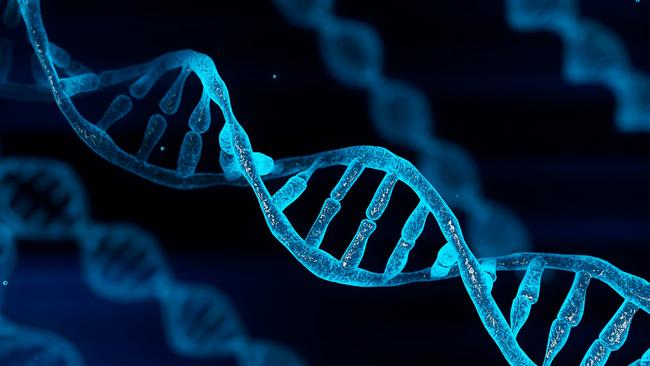Crime risk as Queensland police flout rules on DNA evidence
Crimes may be going unsolved across the country because Queensland police fail to take forensic reference samples from accused criminals for uploading to the national DNA database.

Crimes across the country may be going unsolved because Queensland police are routinely failing to take forensic reference samples from accused criminals for uploading to the national DNA database.
Senior investigators have raised concerns of a “frequent failure” by Queensland police to take DNA samples from people charged with serious crimes, despite it being required by the police manual.
A reference sample of hair, blood or saliva is supposed to be taken every time a person is charged with an indictable offence such as murder, rape, assault or break and entering, and uploaded to the National Criminal Investigation DNA Database (NCIDD).
But data collected for the state’s recent DNA inquiry revealed reference samples were being collected only 37.8 per cent of the time.
Kirsty Wright, who led the expansion of the national DNA database in 2007, said obtaining DNA from offenders was crucial to solving and preventing crime.
“With national and state DNA databases, the hit rate relies on having a large pool of reference samples to match to,” she said.
“So if the police aren’t putting this portion of the population onto our reference databases, it means that, potentially, we’re missing out on identifying offenders.
“That’s really unbelievable.”
Dr Wright said when a new reference sample is added to the database it can match historical DNA from unsolved crimes.

“There could be crimes being committed in other jurisdictions around Australia that aren’t being resolved, because Queensland Police aren’t taking offender DNA,” she said.
“Absolutely crimes may be going unsolved, simply because the reference samples aren’t being taken.”
Explaining the benefits of the national database, Dr Wright recalled one case when a serial rapist from Queensland was caught after his DNA was uploaded by Northern Territory Police.
“We had his profile but didn’t know who he was, he wasn’t on the database,” she said.
“Then he got done for drunk driving in the Northern Territory and the copper was diligent, took his DNA profile and uploaded it. And bingo, Queensland solved three or four rapes.”
The final report of Commissioner Walter Sofronoff, who investigated failings at Queensland’s DNA laboratory, found between January and August last year only 7143 reference samples were taken from the 18,892 people charged with at least one indictable offence. Queensland Police have blamed a direction issued in March 2020 for officers not to take samples from people with Covid-19 symptoms.
“To protect QPS members and the public from Covid-19, policies were put in place that limited the collection of DNA samples from individuals, which had the unavoidable consequence of reducing collection rates,” a Queensland Police Service spokeswoman said.
“A lower collection rate could lead to a lower percentage of samples on the NCIDD database, which may result in some profiles obtained from crime scene samples remaining unidentified.”
Inspector David Neville, manager of the Queensland Police Service DNA unit, increased monitoring of collection rates in late 2021.
The compliance rate increased from 31 per cent in January last year to 43.25 per cent in September.

Mr Sofronoff recommended better training to ensure police take reference samples from anyone arrested or charged with an indictable offence.
But the police spokeswoman said it would not be possible to obtain a reference sample every time someone was charged.
“Particularly in cases where proceedings are commenced away from a police establishment by way of a ‘Notice to Appear’, conditions and access to sample collection kits do not allow for collection of person samples in these instances,” she said.
The national DNA database has more than 1.2 million profiles uploaded from convicted offenders, suspects, volunteers, missing persons, unknown deceased and crime scenes across the country.
New Zealand, one of the first countries in the world to establish a national database, has DNA from about 4 per cent of the population and a match rate of nearly 70 per cent.
The Queensland police spokeswoman said 5.78 per cent of the state’s population was on the database, compared with the national average of 4.54 per cent.
NSW and Victoria Police were unable to provide any compliance data.





